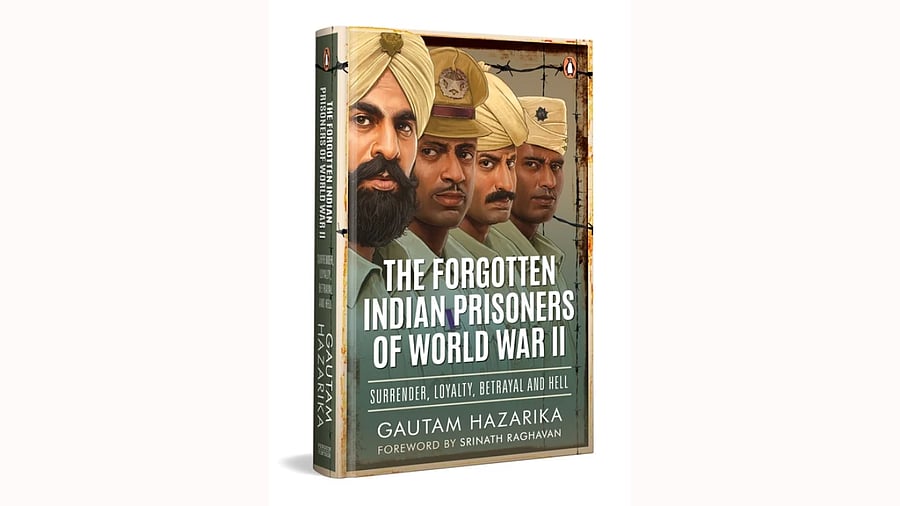
The book features stories of Sapper Marimuthu of the Madras Sappers, among others.
Credit: Special arrangement
When Singapore, a British colony, fell to the Japanese in World War II, 62,000 Indian soldiers were captured. A new book, being launched in Bengaluru on Thursday, sheds light on their fate; about a thousand of them were from Bengaluru and Mysuru.
Titled ‘The Forgotten Indian Prisoners of World War II’, the book is written by Gautam Hazarika, a former banker-turned-author based in Singapore.
A collector of old books, first editions, and manuscripts, Hazarika made a rare find at an auction three years ago: a manuscript written inside Singapore’s Changi Prison during the war. It sparked his curiosity about Indian Prisoners of War (PoWs). He learned that captured soldiers were given a choice: join the Japanese-backed Indian National Army (INA) or face forced labour in far-off places like Papua New Guinea. Contrary to popular belief, it was not Netaji Subhas Chandra Bose but Captain Mohan Singh of the 14th Punjab Regiment who first founded the INA, Hazarika points out.
He said the soldiers from Bengaluru and Mysuru came from the 1st Mysore Infantry. Out of about 500 other local men, some were sent as engineers and others as part of specialised units like medical and ordnance. “For the first 100 years of their rule, the British mostly recruited from northern communities like Punjabi Muslims, Sikhs, Dogras, and Gurkhas, believing others were unfit for the army. But during World War II,
they had to expand the army to about 25 lakh, so they widened recruitment across India,” he explained.
Life in PoW camps was brutal. Soldiers were often denied food, sleep, and medicine. Some were beaten or even beheaded for disobeying “unrealistic orders”. On their return, most PoWs didn’t speak openly about their trauma, but their cries during nightmares, often of bombings, revealed their suffering to their wives.
The book also explores the war’s toll on the women left behind. The wives had little money, children to raise, and no news of their husbands. “Many were urged to remarry but they refused, saying they wouldn’t move on without seeing their husband’s body,” Hazarika said. One such woman was the wife of Jemadar Uthaiah of the 1st Mysore Infantry.
However, Sapper Marimuthu of the Madras Sappers never returned. Though he was killed in 1942, his family learned of his death four years later, from soldiers who had made it back home. From that day on, his wife began wearing white. It was only last year that the family found his name in the Kranji War Cemetery in Singapore. Hazarika says the soldiers’ descendants are now uncovering their families’ wartime past and the Internet is making that research possible.
At the Bengaluru event, titled ‘The Forgotten Bangalorean Soldiers’, families whose lives were shaped by the war will share their stories and legacies.
On October 16, 6.30 pm, at Bangalore International Centre, Domlur.